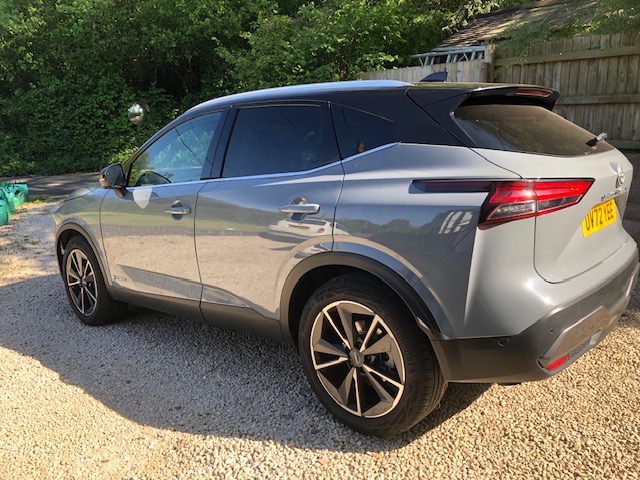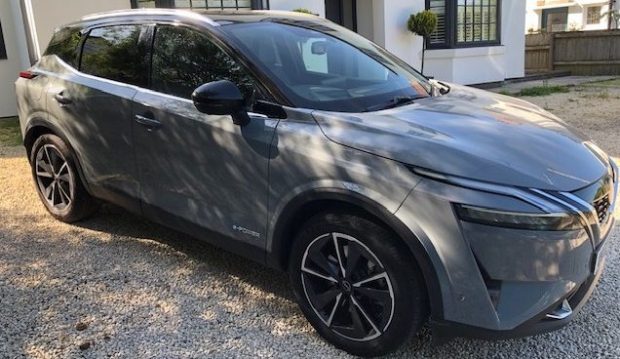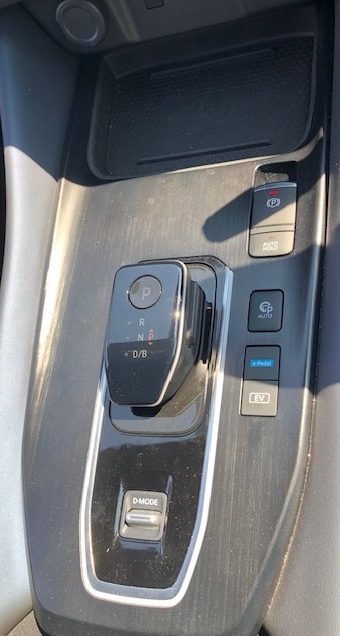Built in Sunderland since 2006 when it was launched, the Nissan Qashqai has been an enduring success story.
It was one of the first modern generation Crossover models and instantly won hearts and minds, not forgetting bank accounts, of British buyers, rolling into new generations in 2013 and 2021.
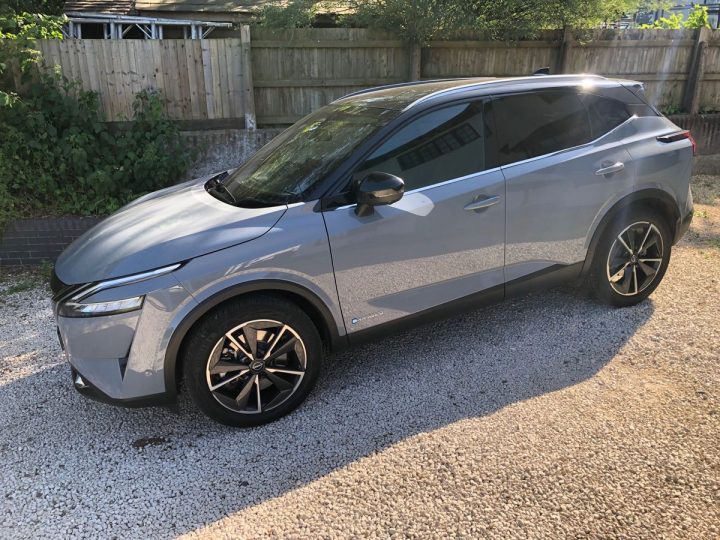
It was Britain’s best selling model in 2022 and it’s also picked up UK awards for reliability and low running costs so it’s as relevant today as it was 17 years ago.
The introduction of the e-Power model last year was a landmark, harnessing Nissan group’s experience with electric drive and state of the art mechanical engineering. And it shows.
The e-POWER system comprises a high-output battery complemented by a variable compression ratio 1.5-litre three-cylinder turbo-charged petrol engine generating 190PS, a power generator, inverter and 140kW electric motor of similar size and power output as found in Nissan’s electric vehicles. The petrol engine generates electricity, which can be transmitted via the inverter to the battery pack, the electric motor or both, according to the driving scenario selected by the driver.
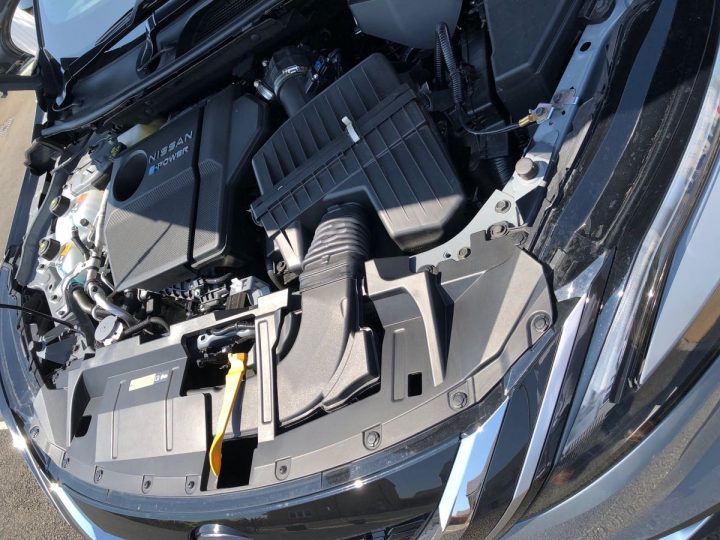
What sets apart this powertrain is that the electric motor is the sole source of power for the wheels, so its response is instant and linear. This represents an appealing alternative to traditional hybrids which have mechanical drive and use battery power to boost the output.
It is broadly similar to an electric-petrol powertrain created by General Motors a decade ago and shown in British versions of the Ampera but then abandoned only for Nissan’s engineers to refine their own ideas and deliver the new e-Power system. Qashqai is the first Nissan to use e-Power and it’s going to carry it towards a fully battery powered future over coming years.
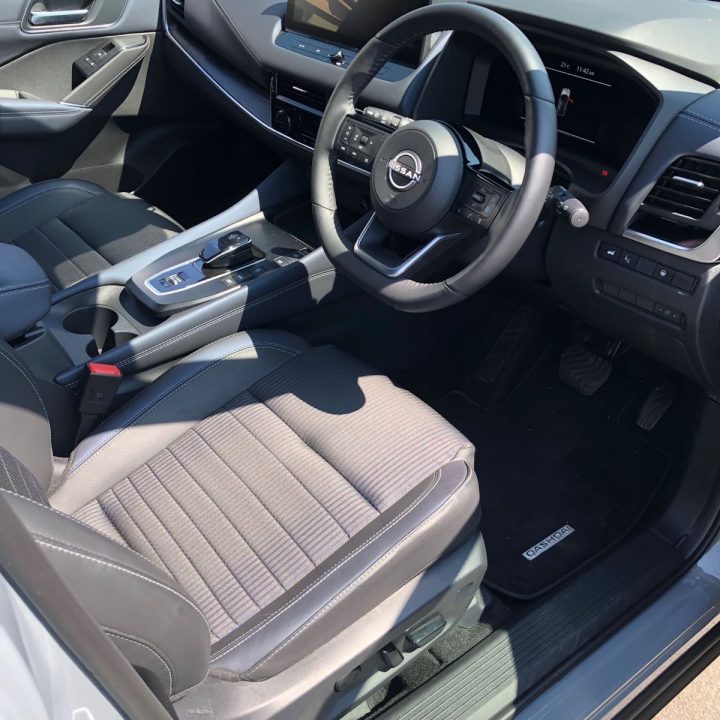
Qashqai models come in five grades between £26,000 and £41,000 with 140, 158 petrol or the e-Power 190ps output from the 3-cylinder turbo-petrol and electric hybrid engine, manual or automatic transmission and run to 19 models in all with one 4WD version.
This summer Qashqai Kuro Edition was added based on the N-Connecta grade but with glass roof pack, 18” Black Gloss Alloy Wheels, Illuminated kicking-plates and a wireless charging pad. Kuro comes in three two-tone paint combinations: a refined black roof with either a Storm White or Ceramic Grey body, or a grey roof with a Pearl Black body.
Our e-Power test car in Tekna grade sits towards the top of the range and was very cleanly styled both outside and in, taking elements from the look of the larger BEV Ariya series.
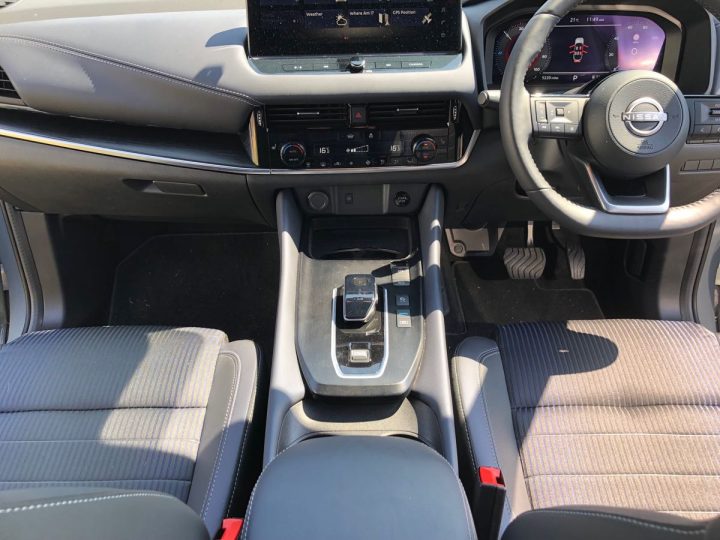
The powertrain really felt no different to a traditional petrol or petrol-hybrid source and needed no particular input from a driver unless they engaged the e-pedal to optimise retardation and traction battery recharging.
It was all very smooth working together with the six-speed automatic transmission and we were happy with the 50mpg-plus petrol consumption as the system optimised the power delivery as required and reflecting the driver’s demands.
You would also be hard pressed to realise it was a triple-pot engine, so smooth and willing as it was except when pressed to perform at upper revs and a busy engine note crept in.
Secondary controls were better placed than in many cars with the wipers and lights’ stalks high up on the column, supported by a lights’ panel on the right of the fascia. Wheelspokes carried the cruising and phone buttons on the right-hand side while the left operated the infotainment selection and display views.
Heating and ventilation was simple and effective with good output, distribution and temperature controls throughout the cabin.
The big central infotainment display was very clear, quick to change and largely reflection-free, while the driver’s display, which could be changed to emphasise different elements was also unhindered. It’s compatible with modern mobiles and music streams.
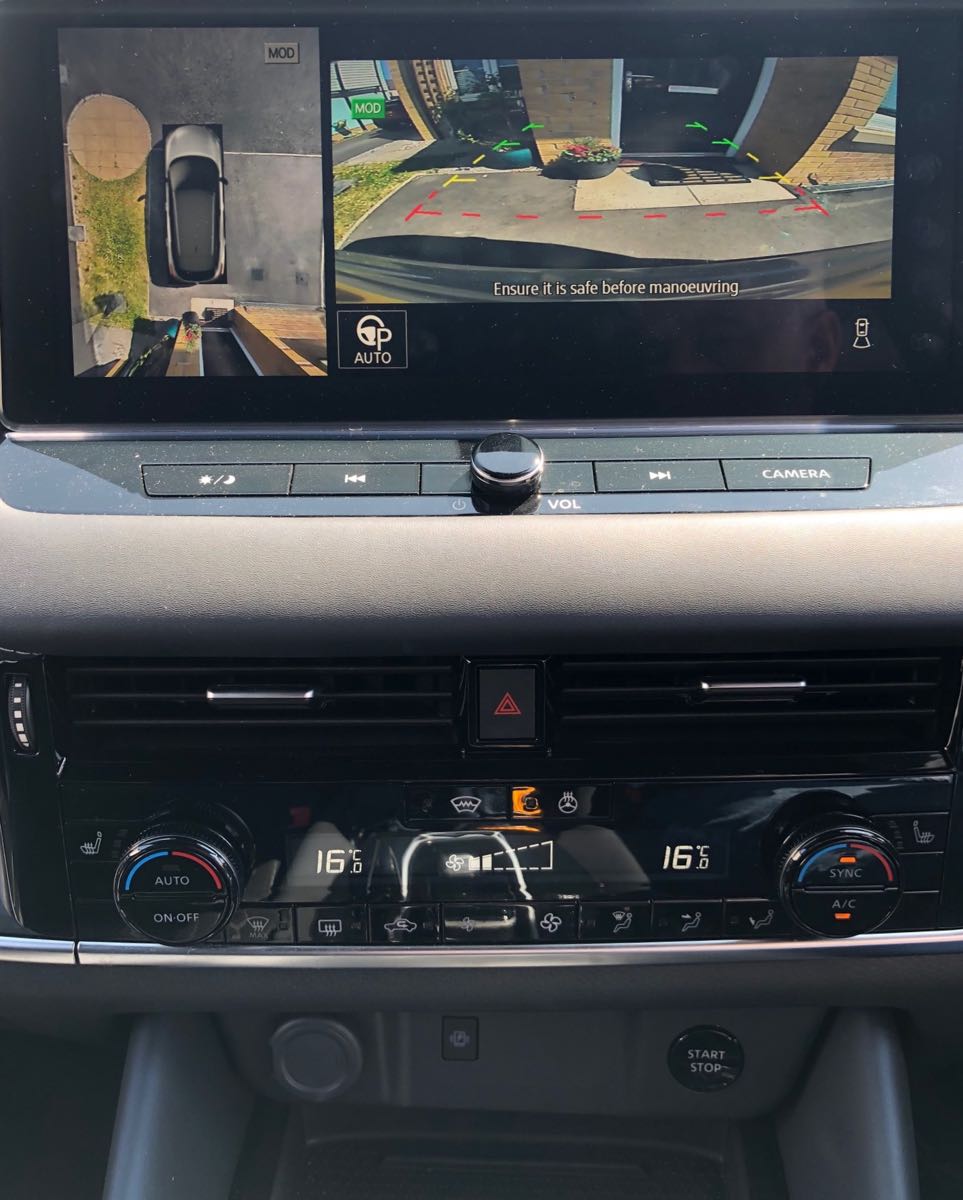
Oddments room was very good for a family car with plenty of bins, pockets and recesses infront or behind and those in the back also had their own power point for mobiles etc..
Access to the boot was via a powered lifting tailgate which revealed a deep, wide and fairly long bootfloor with another level beneath, and offset split folding seatbacks to almost triple capacity as the backrests laid nearly flat.
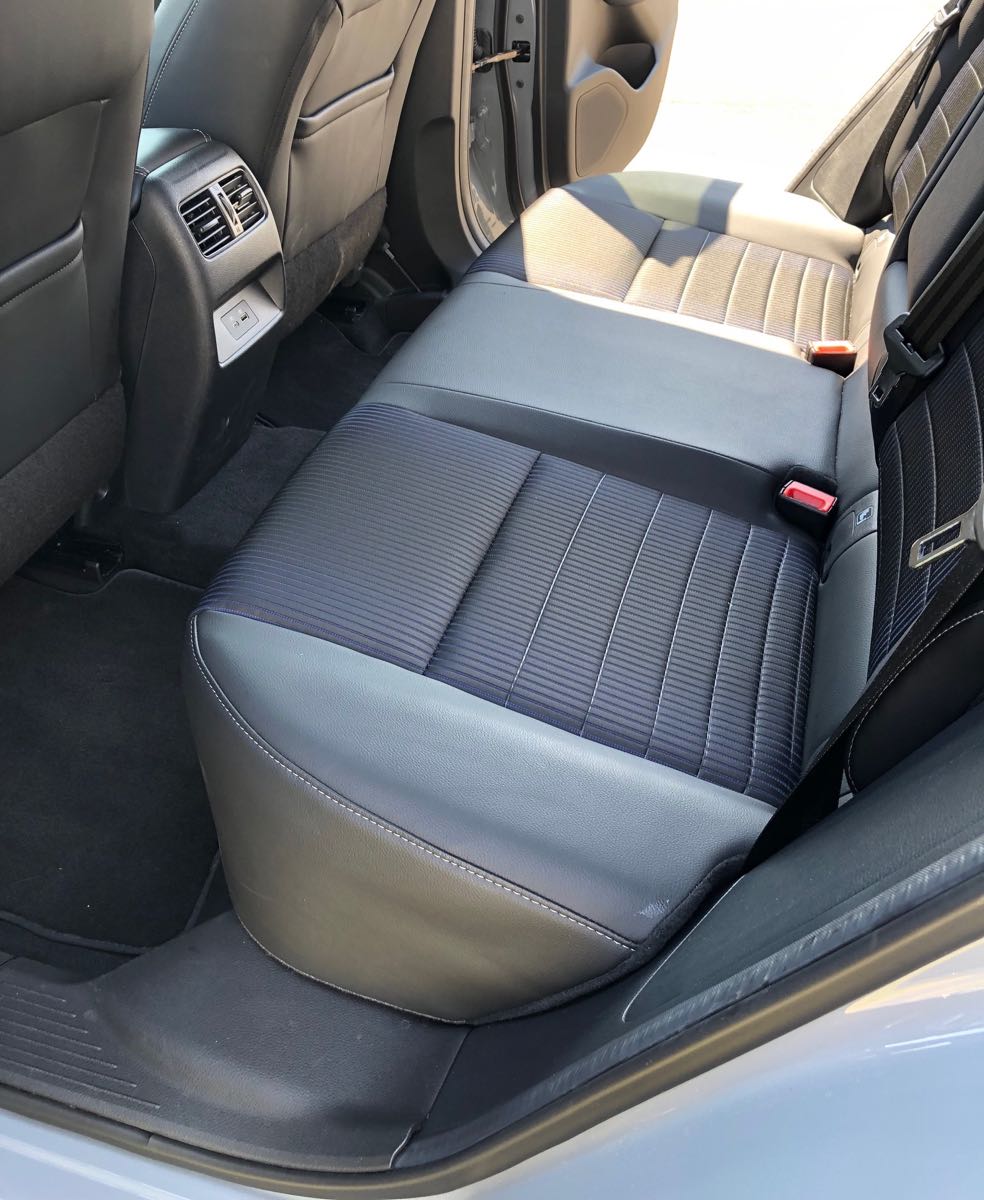
Doors opened very wide in relation to the body and access was excellent with leg and headroom plentiful throughout. Infront the seats’ adjustment was generous along with that of the steering column.
All seats, including the rear three-place bench, were comfortable and the front pair had mildly shaped bolsters and cushions to give additional support.
Visibility was clear all round with low waistline and deep glass, big wipers and strong washer action while nighttime was not an issue with bright lights having long and wide beams. The Qashqai e-Power Tekna comes with a host of driving aids around the body to alert the driver to objects and vehicles as well as gentle reminders when crossing lanes or getting too close to other traffic, or exceeding the speed limit.
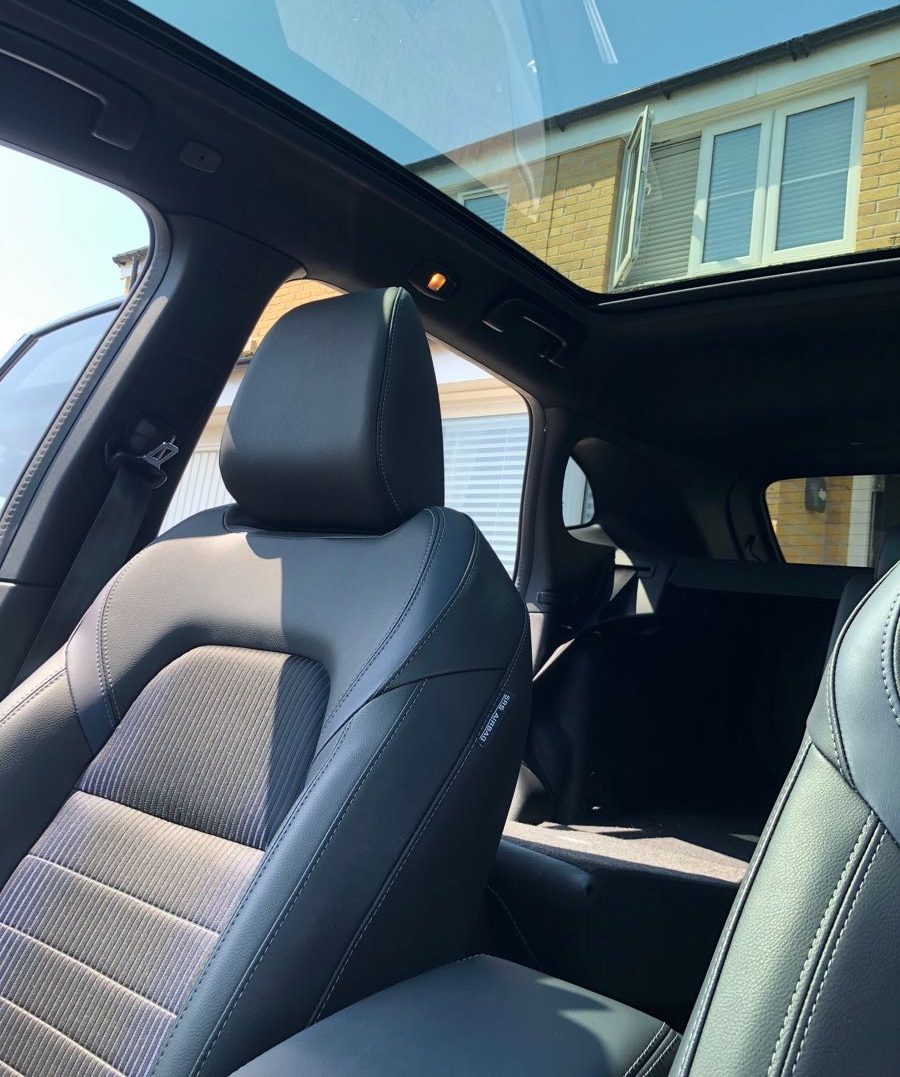
It felt very safe to drive without the systems being too intrusive or annoyingly strong in their feedback.
Depending on the selected mode, degree of electrical assistance and mind of the driver, performance ranged from economical, through good to respectable acceleration with only the comparatively average power output limiting it. There was adequate power to keep up with traffic on main roads and overtaking never gave cause for concern while stopping to refuel was a pleasant surprise as well.
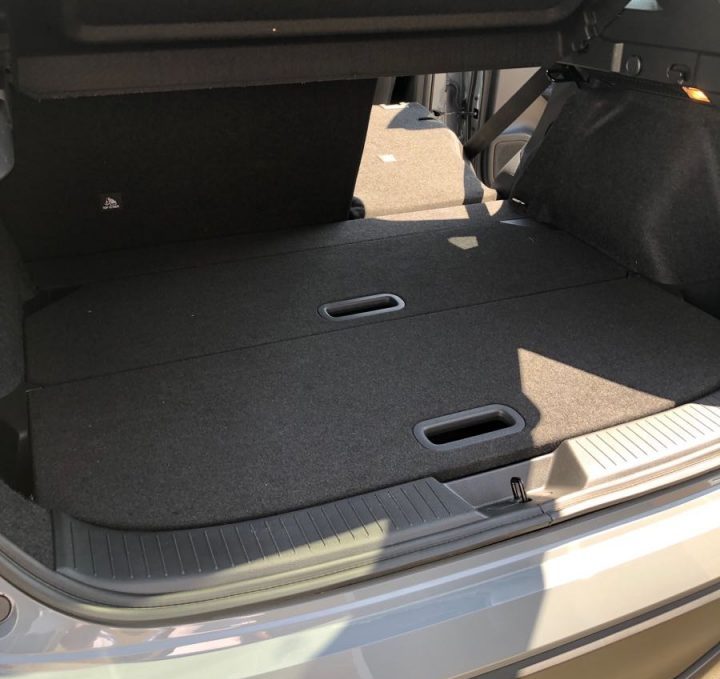
Nissan has done a very good job making the Quashqai relevant to motoring needs ever since 2006 and the e-Power version is more than a match for newer models from rivals which may cost a lot more but deliver no significant advantage over it.
